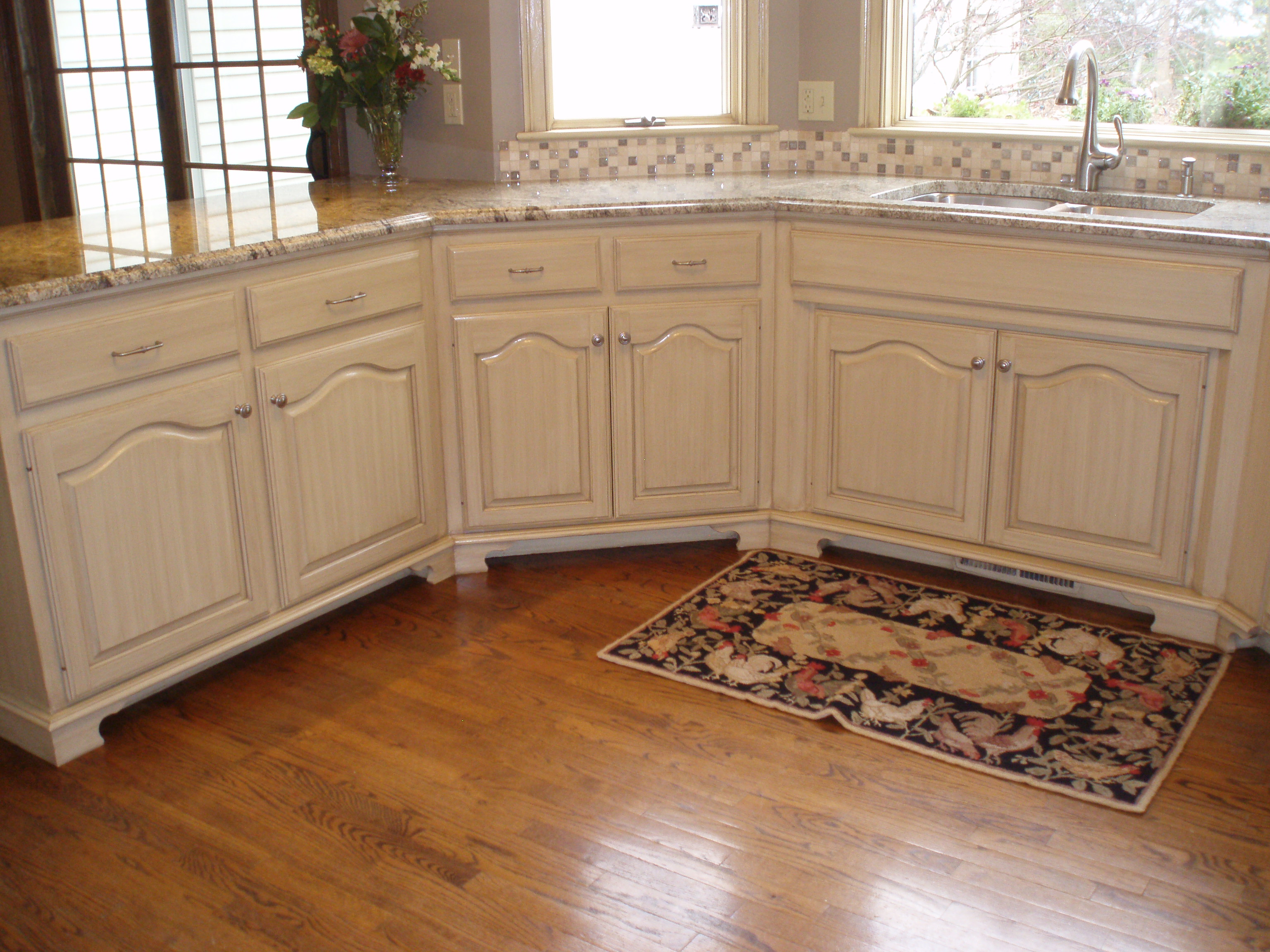The Green Strategy to Storage Unit Restoration

Refinishing cabinets is an increasingly popular choice for homeowners looking to refresh their kitchen or restroom without the hefty price tag of a full remodel. This environmentally-friendly approach not only revitalizes worn or outdated cabinets but also aligns with sustainable practices that cut down on waste and avoid the use of newly manufactured materials. By choosing to refinish rather than change, you can improve your living space while being aware of your carbon footprint.
As we delve into the world of cabinet refinishing, we'll examine what the process entails, how it stacks up against cabinet upgrading and the benefits it offers. Whether you're a veteran DIY enthusiast or thinking about hiring a contractor, understanding the details of cabinet refinishing will help you make informed choices that suit your preferences, budget, and ecological values.
Comprehending Cupboard Refinishing
Cabinet refinishing is a cost-effective approach to revitalize the kitchen or bathroom cabinetry without the price of complete replacement. The process entails smoothing down the existing surface, repairing any damages, and putting on new paint or finish to refresh the look. It allows you to hold on to the quality and utility of your cabinets while offering them a fresh, modern look. Refinishing is read review for homeowners looking to enhance their space sustainably.
One of the major benefits of cupboard refinishing is its eco-friendliness. By refining rather than substituting, you reduce waste and lessen your environmental impact. Instead of throwing old cabinets to a dump, refinishing gives them a new lease on life. Additionally, many refinishing products now available are non-toxic and low in volatile organic compounds (VOCs), making the process more secure for both the environment and the people in your home.
In determining whether to refinish or replace, it’s essential to weigh the state of your cabinets against your design objectives. Not all cabinets are suitable candidates for refinishing, and knowing what makes your cabinets worthy of this expenditure can help you make the best choice for your space. Proper evaluation will ensure that you achieve the intended results while preserving the durability and utility of your cabinetry.
DIY vs. Professional Refinishing: Making the Best Option
When between DIY cabinet refinishing and engaging a professional, it's essential to evaluate your capabilities and the project requirements. If you have proficiency with woodworking and home improvement projects, handling the refinishing process yourself can be both rewarding and cost-effective. DIY refinishing allows for customization and creativity, but it also requires a significant time investment and access to the appropriate tools and materials.
On the other hand, hiring a specialist can be time-efficient and guarantee a high-quality finish that may be difficult to achieve by yourself. Experts are skilled in different techniques and have access to advanced tools, which can result in a notable difference in the end result. Additionally, professional refinishing services usually come with warranties or certifications, offering peace of mind that the job will be done correctly.
Ultimately, the choice between DIY and professional refinishing depends on your budget, schedule, and ease with renovation tasks. Consider your preferences—if you value precision and a polished finish, professional refinishing may be the best option. However, if you're looking to cut costs and experience a hands-on project, Do-It-Yourself refinishing could be the right choice for you.
Eco-Friendly Suggestions for Cabinet Refinishing

When initiating on a cabinet refinishing endeavor, it's crucial to opt for eco-friendly materials that minimize environmental impact. Opt for non-toxic paints and stains that are low in volatile organic compounds (VOCs). Brands that offer water-soluble alternatives not only create fewer emissions but also improve air quality, making your home healthier for both your family and the environment. Always check certifications or labels indicating that the product meets sustainability standards.
Another method to practice eco-friendly refinishing is by recycling existing hardware. Instead of buying new knobs and pulls, consider restoring and repainting your existing hardware. This not only saves money but can also preserve the aesthetic of your cabinets. If new hardware is needed, look for sustainably sourced materials. Choosing brands that prioritize eco-friendly practices helps reduce overall waste and promotes a sustainable economy.
Finally, proper disposal of any waste generated during refinishing is essential. Ensure that used paints and solvents are discarded in in line with local regulations to prevent contamination of landfills and water sources. Whenever feasible, recycle or donate leftover materials. By implementing these steps, you not only contribute to a healthier planet but also set a positive example for sustainable home renovation practices in your community.
